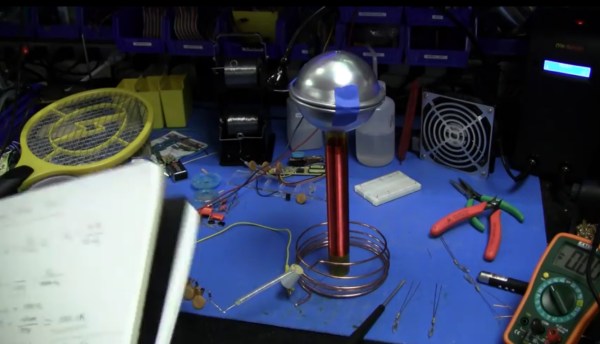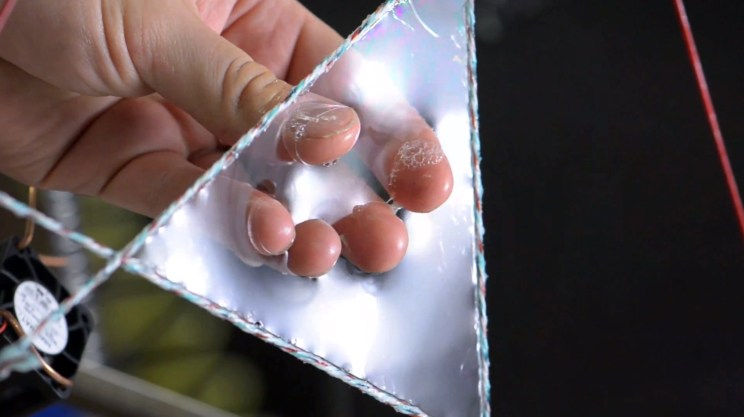Lumographic images are those patterns you see at the bottom of swimming pools. When water works as a lens, the light patterns of bright and dark are random and wandering based on the waves above. [Matthew] figured out a way to create fixed images from lens shape alone. The images only morph into view clearly when light shines at the proper angle. At near angles an eerie fun-house mirror effect appears, but too far off and it scatters unrecognisably.
The exact method for designing the optics is not explained, though we are sure someone in our readership could figure it out. The artist claims it to be a hundred year old million-variable math problem. The lenses are often quite thick and do not resemble much of anything. The effect however, is sharp, clear and detailed.
At first he suspected he needed astronomically-expensive military-grade 50 nanometer (0.000002″) precision machining for the lenses, but some friends in the autobody industry gave him a few tips to squeeze good enough accuracy from more affordable industrial machines. The technique also allows for images to appear from mirrors and internal reflections. It is probably not something you can 3D print or machine yourself, but it would be interesting to see someone try.
[Matthew]’s work is on display in the “Composite” gallery at the National Museum of Math in New York (MoMath). See the video after the break for a peak at the machinery he uses to manipulate the lenses to enhance the visuals in the exhibit.
Continue reading “Lumographic Images Created With Lens Only”



















